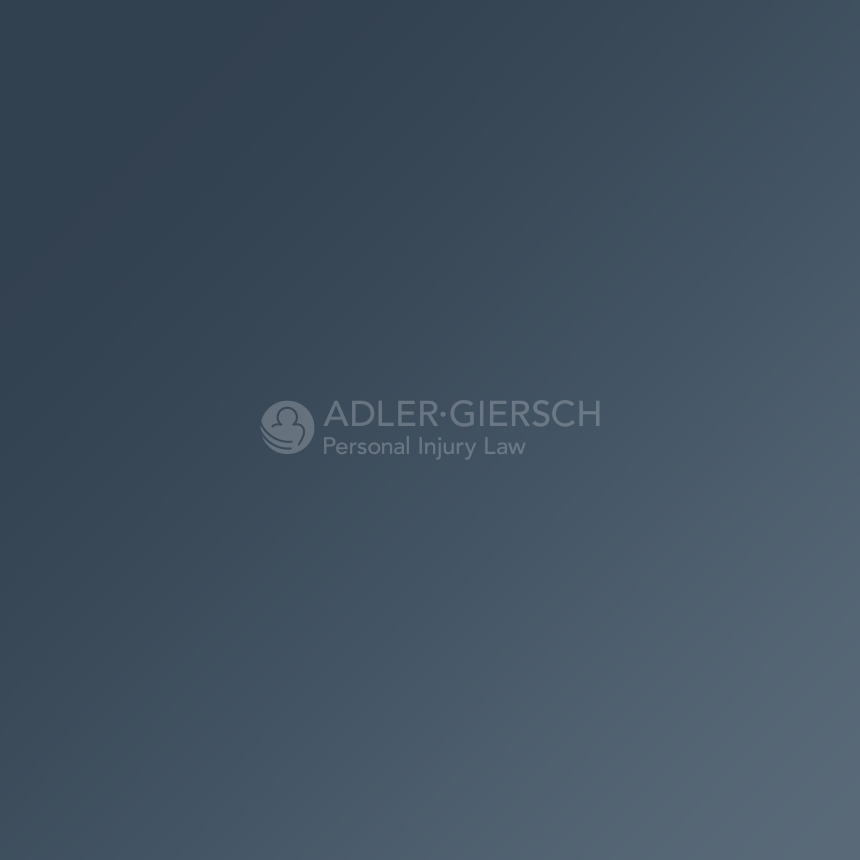Low back pain is one of the most pervasive physical complaints among adults. In fact, it is the second most common reason for doctor visits, only behind upper respiratory infections.1 Effective treatment for this condition is, therefore, vital for the quality of life of patients and for managing health care costs. A variety of treatment options exist, but identifying the most effective will serve to better the lives of back pain sufferers, reduce employment absenteeism and reduce health care costs.
Treatment options for chronic low back pain span a wide range of approaches from the conservative “wait and see” approach to manual therapies to injections and surgery in more significant cases. For non-surgical cases, common treatments include medication, spinal manipulation, physical therapy, back school and others. Regardless of the treatment mode, the goals of treatment are to reduce pain and increase functionality. The efficacy of treatment options has been reviewed over the years, leading to changes in recommendations and prescription of treatment choices. One such study examined spinal manipulation, physiotherapy and back school and noted spinal manipulation as more efficacious.
Cecchi, et al, undertook a randomized trial of 210 patients with chronic, non-specific low back pain.2 The participants were directed to one of three treatment approaches: spinal manipulation, individualized physiotherapy or back school. Study participants included patients who reported low back pain “often” or “always” for at least six months. Specific populations, such as patients with rheumatoid arthritis or neurological signs, were excluded.
Back school protocol was designed on the original Swedish model.3 Patients received 15 one-hour sessions consisting of education and discussion, relaxation techniques, postural and respiratory group exercises and individually tailored back exercises. Physiotherapy included 15 hours of passive and assisted mobilization, active exercise, massage/treatment of soft tissues, proprioceptive neuromuscular facilitation with emphasis on patient education and active treatment. The manual medicine approach described by Maigne4 was the approach used for spinal manipulation patients. Patients received four to six weekly sessions over a four to six week period.
Baseline low back pain related disability was assessed using the Roland Morris Disability Questionnaire. Assessments were performed at baseline, three, six and twelve months. Follow-up assessment included low back pain recurrences, use of medication and request for further treatment. At the end of treatment, all three groups reported significant improvement in disability and in pain rating scale. The change in pain rating was comparable among the three groups. However, the reduction in disability score was significantly greater in the spinal manipulation group.
Of 68 patients (69 for spinal manipulation) 34 of the physiotherapy group reported frequent low back pain at three months and 20 reported the use of pain-related drugs. Of the back school group, 21 reported frequent low back pain with 17 using pain-related drugs. Strikingly, only 6 of the patients receiving spinal manipulation reported frequent low back pain at three months and only 8 required pain-related drugs. These numbers remained roughly similar at the six and twelve month follow-ups.
Interestingly, despite the positive results with spinal manipulation, this group requested additional care at three, six and twelve month assessment milestones (20, 36 and 40, respectively) in far greater numbers than the back school (11, 8 and 14) or physiotherapy (6, 9 and 8) patients. The authors suggest that this finding may suggest that spinal manipulation, even when coupled with standardized education and advice to stay active, may be less effective in promoting self-management of recurrences. However, other differences in patient experience, cost or availability of treatment may explain this explain the disparity. The authors did not investigate this finding in detail.
Individualized physiotherapy, back school and spinal manipulation are all considered effective treatments for the management of low back pain. However, the study examined only one treatment approach at a time and left unanswered the issues of complimentary care plans and determination of appropriate options based upon individual patient profiles. The benefits of each treatment choice may be synergistically improved by the strength of multiple approaches in a coordinated care plan. The efficacy of spinal manipulation for disability reduction and physiotherapy for long-term self-management, for example, may provide the most effective relief for back pain sufferers.
1 Vallfors B. Acute, Subacute and Chronic Low Back Pain: Clinical Symptoms, Absenteeism and Working Environment. Scan J Rehab Med Suppl 1985; 11: 1-98.
2 Cecchi F, et al., Spinal manipulation compared with back school and with individually delivered physiotherapy for the treatment of chronic low back pain: a randomized trial with one-year follo-up. Clin Rehabil 2010; 24:26.
3 Zachrisson-Forsell M. The Swedish back school. Physiotherapy 1980; 66: 112-14.
4 Maigne R. Diagnosis and treatment of pain of vertebral origin. A manual medicine approach. Baltimore, Williams & Wilkins, 1996: 339-40.
